What is a DEXA Scan?
The DEXA Scan is the clinical gold standard for measuring fat, muscle, and bone density. Find nearby locations and pricing, to get you an on-the-spot assessment of your body composition.A DEXA Scan (Dual-Enerxy X-ray Absorptiometry), uses two different types of waves that are reflected by lean muscle, and bone differently. The scanner uses this information to create a detailed map of your body and measure your body composition.
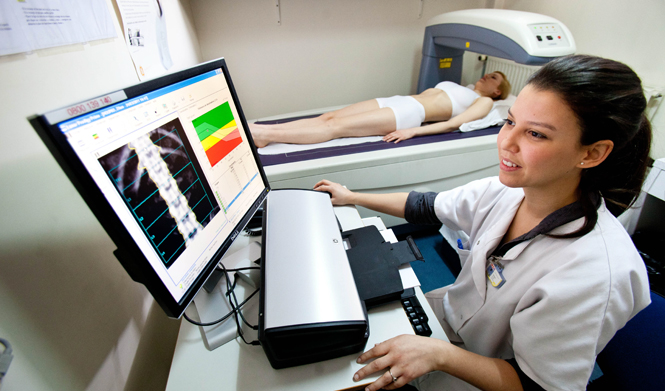
Step 1
Find a location near you
Step 2
Schedule an appointmentStep 3
Prepare! Do not take calcium supplements for at least 24 hours before the exam and avoid wearing clothes with metal zippers or hooks.Step 4
Lay flat on the scanning bed for roughly 7 minutesStep 5
Directly after you’re scanned, you’ll get your results and will walk through them with a professional.
What type of results should I expect?
- Total body bone mineral density
- Total body muscle mass
- Total body fat mass
- Total body bone mass
- Total body fat percentage
- Muscle and fat mass in the trum
- Muscle and fat mass in your right and left arm
- Muscle and fat mass in your right and left leg
- Central abdominal fat measurement
How a DEXA Body Composition Scan Works
- Overall body fat, lean tissue (muscle), bone weight and percentages
- Breakdowns for both legs, arms and your torso
- DEXA scan image showing where your body fat and muscle is distributed
- Visceral fat (the dangerous fat around organs)
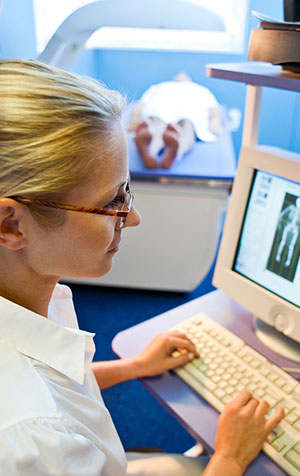
You get a better sense of where you are now. And you can track the improvement over time.
For example athletes often have more dense bones and more lean muscle, and so estimation techniques tend to incorrectly overstate their bodyfat.
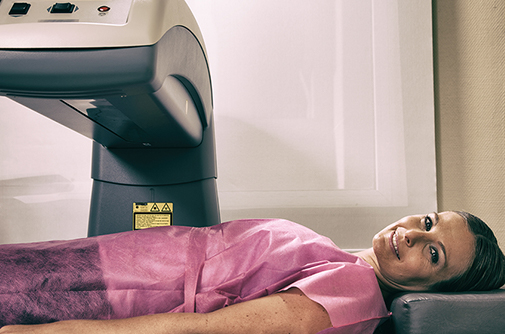
Weight Loss
DEXA helps you monitor your weight loss progress. An initial baseline scan lets you see exactly where you are when you start, and then track how much body fat they are actually losing, and how much muscle you are gaining.Just using scales often hides progress. Dieters combining diet with an exercise program often mistakenly think they are getting minimal results, because they are adding dense muscle at the same time they are losing fat. And dieters on crash diets, are often getting misleading results because they are losing lean muscle and along with fat.
Body Builders
Body builders on a bulk or a cut, want information on how much muscle they are actually gaining during a bulk, or how much muscle they are losing on a cut.Getting a DEXA scan lets you see how effective a bulk or cut is in adding muscle. Learn what works for your body, and help dial-in your routine and your macros.
Preparing for competition, you can get a more precise measure of your body fat percentage – so you can more precisely time your cut.
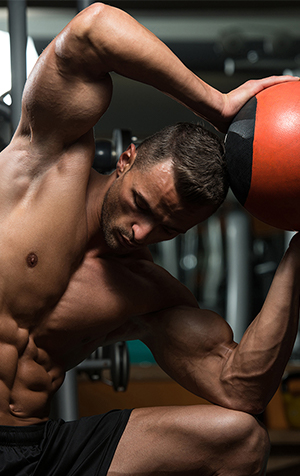
Athletes & Fitness Enthusiasts
As well as using a DEXA Scan for basic body fat measurement, athletes often use the scan to pick up muscle asymmetries between their left and right sides. Muscle imbalances asymmetries are often caused when our sport causes us to favor one side, or when we use improper form that makes our dominant side do more work. These asymmetries throw weight distribution off, cause muscle miscoordination, and create unnatural stresses that lead to injury.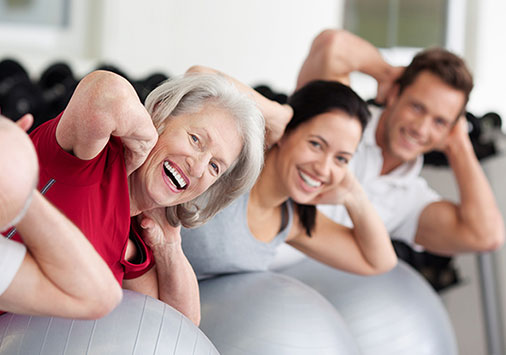
General Health
Getting a baseline measurement of fat, muscle, and bone lets you see where you are and track changes over time. We often lose muscle and bone mass as we age, particularly in the core, and legs. This puts us at greater risk of injury. Having a baseline measurement and tracking changes over time helps identify concerning trends and lets you take preventative action early.How a DEXA Bone Density Scan Work
The DEXA scanner uses two X-ray beams; one high energy and one low energy. It will measure the X-rays that pass through the bone from each beam. This will vary depending on how thick your bone is. Based on the difference between the two beams, the machine determines your bone density.
A Bone Densitometry test is used to measure how strong your bones are. It is commonly used to identify osteoporosis, a condition that causes a decrease in the density of bones resulting in fragility, and to determine a person’s risk for developing fractures. If you’re at risk, talk to your doctor about scheduling a bone density scan.DEXA is today’s established standard for measuring bone mineral density (BMD). If your doctor agrees you’re eligible, your insurance should cover the cost of the scan. Your health care provider will most likely recommend a Central-Machine test, which will scan over your spine, hips or your total body.
For 10 to 20 minutes, you’ll lie still on a table as a wand scans over your body. It’s painless, noninvasive and the radiation is low. You’ll need to schedule a follow up appointment with your doctor after you’ve been scanned to discuss your results.
When to Scan
- Are female and older than 65
- Are female, menopausal or post menopausal and:
- Under the age of 45
- Under the age of 65 with other risk factors
- Not taking estrogen
- Over 5 feet 7 inches tall
- Weigh less than 125 pounds
- Are male and older than 70
- Are male and have clinical conditions associated with bone loss
- Have broken a bone over the age of 50
- Have lost more than an inch of height
- Have unexplained back pain
- Have personal or family history of:
- Hip Fracture
- Smoking
- Osteoporosis
- Use medications that are known to cause bone loss (including corticosteroids such as Prednisone, various anti-seizure medications such as Dilantin and certain barbiturates or high-dose thyroid replacement drugs)
- Have Type I Diabetes, Liver Disease or Kidney Disease
- High bone turnover (shows up in the form of excessive collagen in urine samples)
- Thyroid condition, such as Hyperthyroidism.
- Parathyroid condition, such as Hyperparathyroidism.
- Experienced a fracture after only mild trauma.
- X-ray evidence of vertebral fracture or other signs of osteoporosis
- Are a heavy drinker
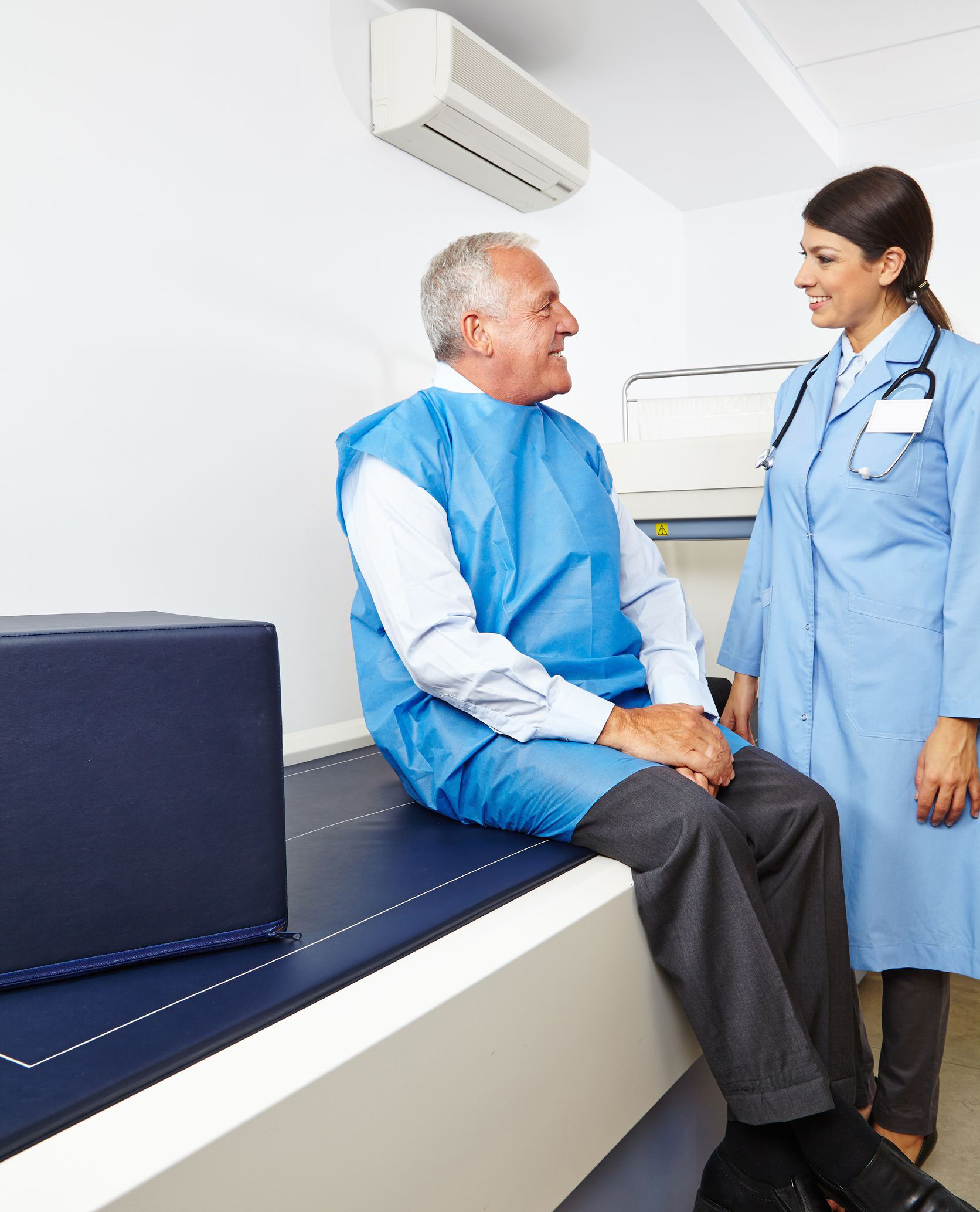
Risk and Prevention
Women are 4 times more likely to develop osteoporosis due to their lighter, thinner bones and longer life spans. Statistically being asian or caucasian also puts you at higher risk. Or, if you have a narrow build.Bone density peaks at age 30 and then decreases over time. This is why it’s important to do strength training, weight bearing exercise and to include enough calcium and vitamin D in your diet.
Step 1
Talk to your doctor about your eligibility for Bone Density TestingStep 2
Your doctor will recommend a nearby Dexa Scan provider that is covered by your health insurance.Step 3
Schedule an appointment for the scan and an additional appointment with your doctor to discuss the results.Step 4
Prepare! Do not take calcium supplements for at least 24 hours before the exam and avoid wearing clothes with metal zippers or hooks.Step 5
Lay flat on the scanning bed for roughly 10 to 20 minutesStep 6
Discuss your results with your health care provider.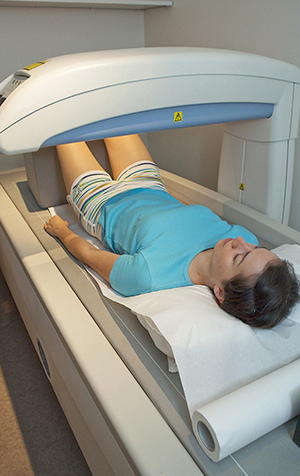
What type of results should I expect?
- -1 and above: this is considered a normal score
- between -1 and -2.5: this is classified as osteopenia (low bone mass)
- below -2.5: this is classified as osteoporosis (extremely low bone mass)


I see...
ResponderEliminarthank you for sharing useful information...new knowledge for me
I've read some articles on dexa scan and it seems to work very well, it is a very thorough and useful examination!
ResponderEliminarDon't Call Me Fashion Blogger
Facebook
Bloglovin'
Eu ouço sobre DEXA pela primeira vez.
ResponderEliminarpost muito útil e interessante, você escreve bem essa informação 😀
saudações
Lili
foto-foto nya bagus kak,
ResponderEliminaryour article is in details and useful.
ResponderEliminarHi Marisa,
ResponderEliminarI didn't know anything about Dexa but it looks really useful that can help many people, it's interesting so thanks for sharing ^^
xx
Freak Muffin Blog
Marisa nunca tinha ouvido falar!
ResponderEliminarBj
Interesting post my dear, thank you for sharing!
ResponderEliminarNunca tinha ouvido falar, boas informações.
ResponderEliminarBeijos
www.byglamour.com
Sounds interesting! thanks for sharing!
ResponderEliminarHope that you have been having a great weekend :)
Away From Blue
I've heard so much about DEXA scans lately that I should maybe think about going through one. I've been trying to measure my body fat and muscle % but never really liked using the traditional tool. I think this is a good way to have a better understanding of how your body is structured. Thanks for sharing your thoughts about DEXA!
ResponderEliminarNancy ♥ exquisitely.me
I've heard a lot about these scans and it's amazing how much information they can get from it. Thank you for sharing!
ResponderEliminarx Kara | http://karascloset.net